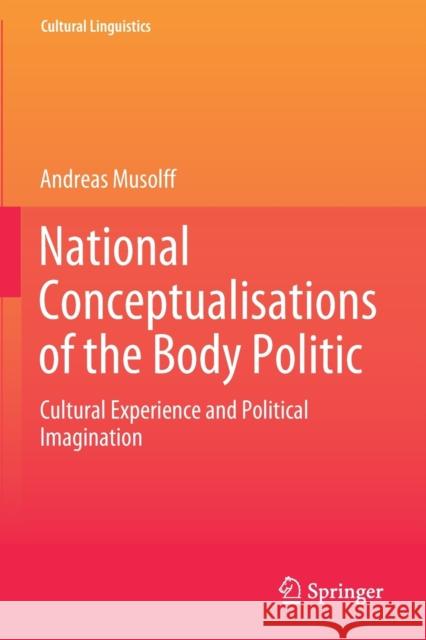National Conceptualisations of the Body Politic: Cultural Experience and Political Imagination » książka
topmenu
National Conceptualisations of the Body Politic: Cultural Experience and Political Imagination
ISBN-13: 9789811587429 / Angielski / Miękka / 2021 / 224 str.
National Conceptualisations of the Body Politic: Cultural Experience and Political Imagination
ISBN-13: 9789811587429 / Angielski / Miękka / 2021 / 224 str.
cena 201,72
(netto: 192,11 VAT: 5%)
Najniższa cena z 30 dni: 192,74
(netto: 192,11 VAT: 5%)
Najniższa cena z 30 dni: 192,74
Termin realizacji zamówienia:
ok. 22 dni roboczych
Bez gwarancji dostawy przed świętami
ok. 22 dni roboczych
Bez gwarancji dostawy przed świętami
Darmowa dostawa!
Kategorie:
Kategorie BISAC:
Wydawca:
Springer
Język:
Angielski
ISBN-13:
9789811587429
Rok wydania:
2021
Ilość stron:
224
Waga:
0.32 kg
Wymiary:
23.39 x 15.6 x 1.19
Oprawa:
Miękka
Wolumenów:
01
Dodatkowe informacje:
Wydanie ilustrowane











